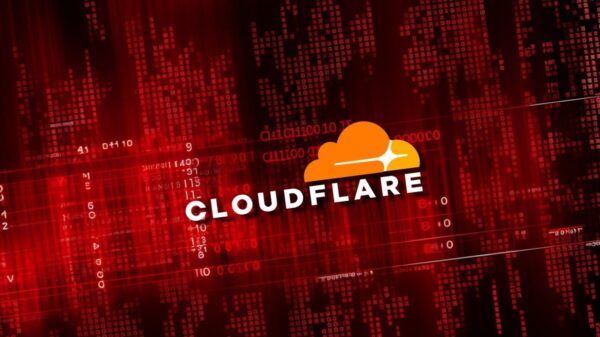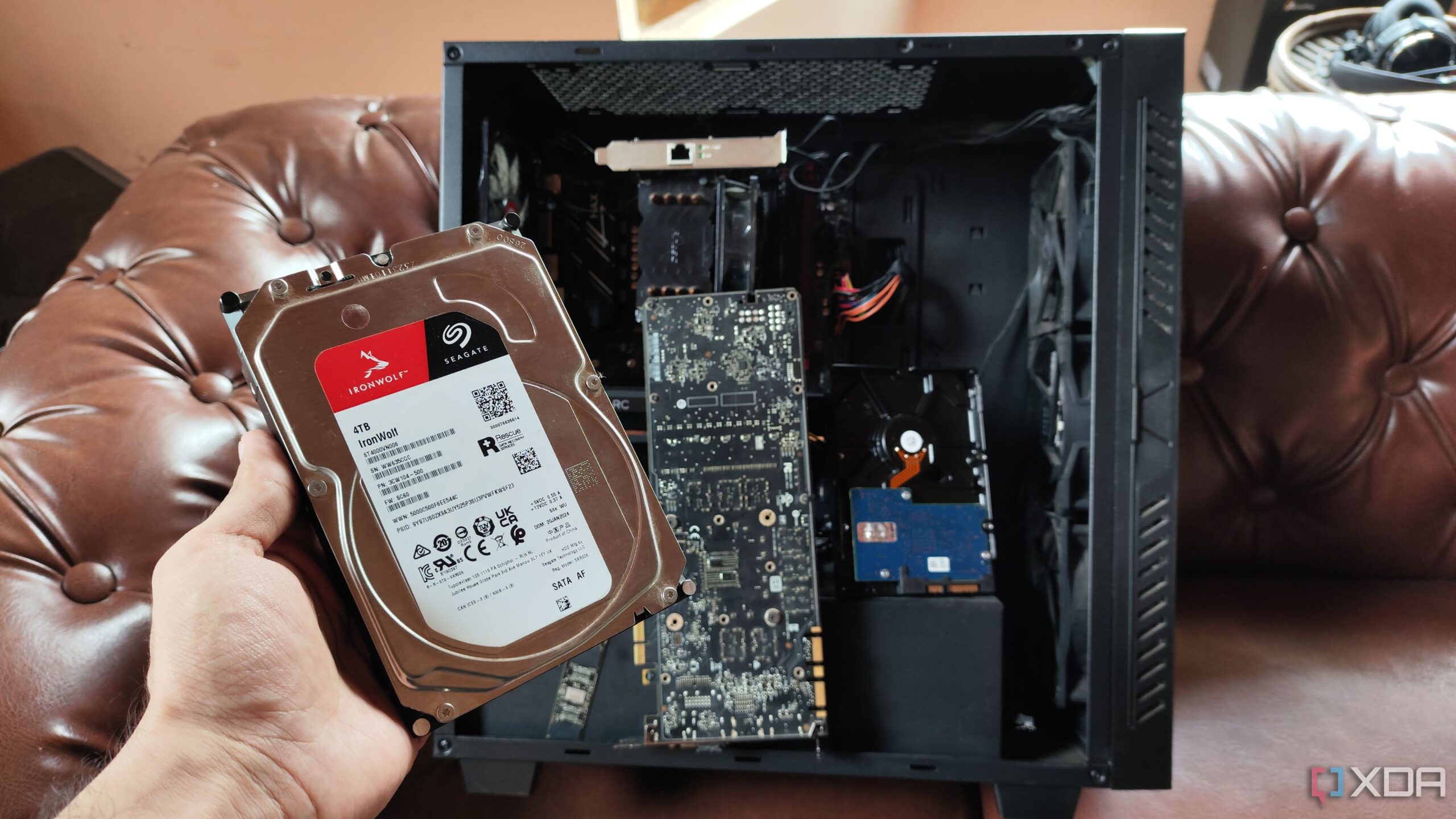UPDATE: Network-Attached Storage (NAS) users are urged to implement frequent snapshots to safeguard their crucial data, as experts highlight the importance of this feature for data recovery. This practice is vital in today’s digital landscape, where data loss can occur unexpectedly.
Snapshots are a powerful tool that allows users to capture and revert their NAS systems to previous states. These block-level images reference files at specific moments, making them significantly more efficient than conventional backups. Unlike traditional methods, snapshots use minimal space by only saving changes made since the last snapshot, making them a smart choice for efficient data management.
Experts recommend setting up automated snapshots to ensure files are recoverable from accidental deletions or system failures. With NAS systems like TrueNAS, users can easily automate this process through the Period Snapshot Tasks wizard. By scheduling different snapshots—daily, weekly, and monthly—NAS administrators can maintain a robust backup strategy without consuming excessive storage resources.
Currently, many users, including those managing home labs, are opting for daily snapshots every 24 hours and weekly snapshots every Sunday. To optimize storage, administrators can configure the Snapshot Lifetime to automatically delete older snapshots, preventing storage bloat. For instance, daily snapshots can be set to expire every two weeks, while monthly snapshots remain available for up to two years.
In addition to local snapshots, redundancy remains crucial. Users are encouraged to use Rsync for syncing snapshots to remote NAS systems, ensuring data safety even if the primary NAS fails. This method allows snapshots to be backed up to a family member’s NAS or another trusted location monthly, securing data from potential losses.
Furthermore, cloud storage solutions are gaining traction for essential data. Many NAS users are turning to platforms like Google Drive to safeguard vital files. TrueNAS supports cloud sync tasks that simplify the integration with major cloud providers, ensuring that users can access their critical data from anywhere.
As data integrity becomes increasingly essential, the need for proactive measures in NAS management is more pressing than ever. By adopting frequent snapshots, leveraging Rsync, and utilizing cloud services, users can significantly enhance their data protection strategies.
WHAT TO WATCH NEXT: As more users implement these practices, experts anticipate a surge in data recovery success stories. Stay tuned for updates on the latest tools and techniques to maximize NAS efficiency and data security in the ever-evolving tech landscape.





































































